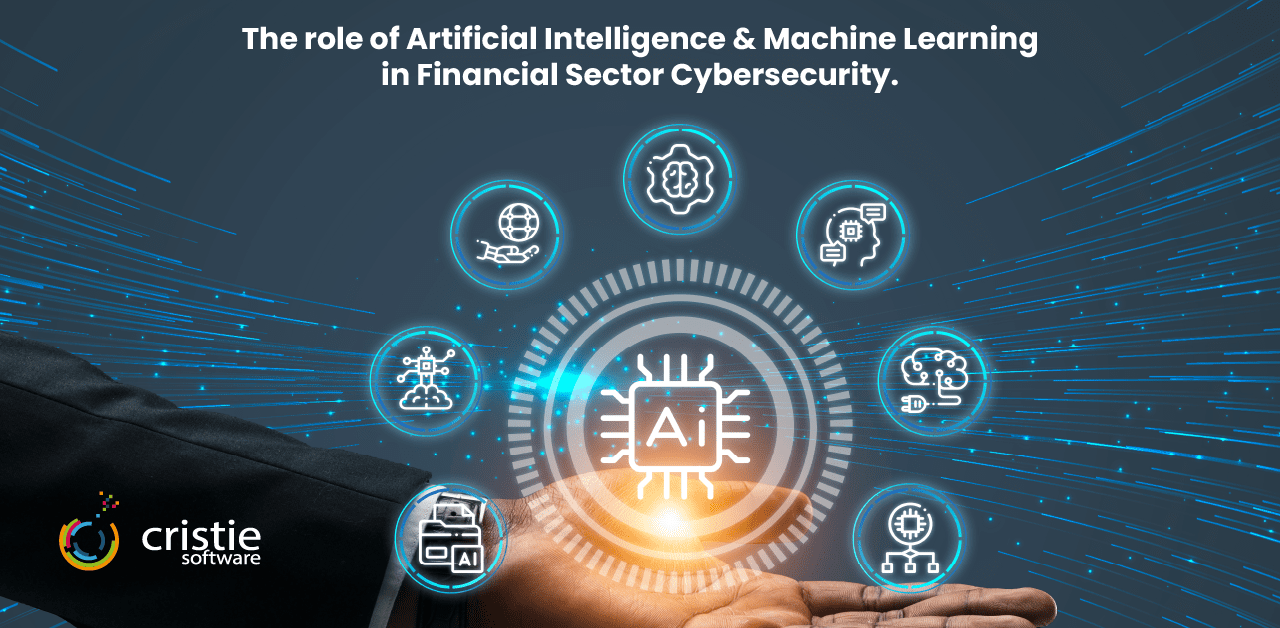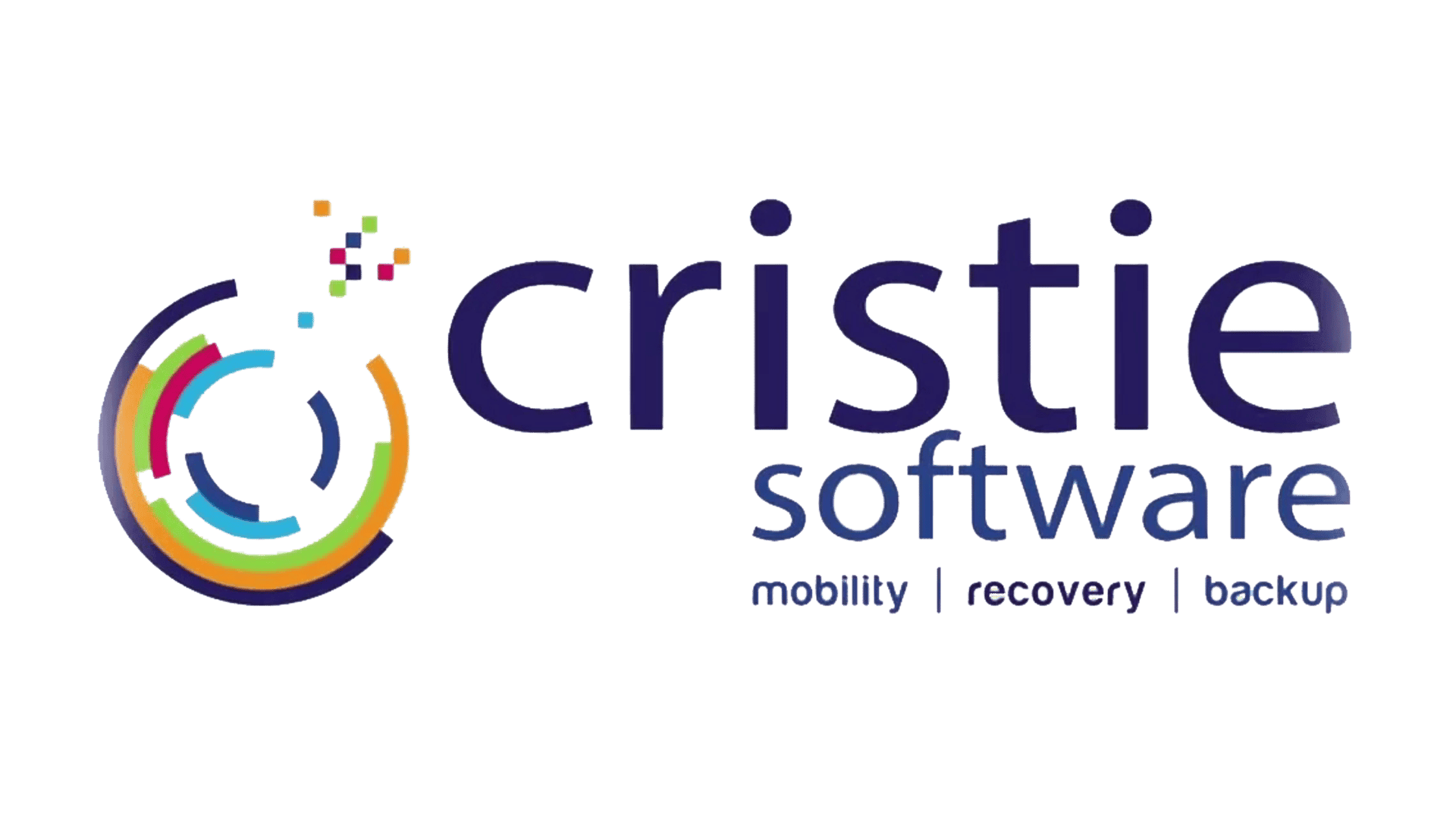
The banking industry has been an early adopter of AI (Artificial Intelligence) and machine learning (ML) employing the technology in many applications to enhance operations and customer experiences. Areas to improve customer service such as document verification and processing, voice and speech recognition, chatbots and virtual assistants, plus predictive analytics and personalization have been in use and gaining sophistication for some time.
AI has also been an established business tool in a security context to assist in the identification of irregular transactions indicating potential fraud. These types of high-volume, less sophisticated crimes lend themselves to the use of AI due to its strength in spotting patterns in large datasets. AI presents an effective means to tackle low-level crime quickly and efficiently for the scale that banks and payment businesses operate on. It also can play a key role in identifying suspicious (phishing) emails. However, it is the extended application of AI and ML in the fight against cybercrime which is gaining significant attention.
AI and ML can continuously monitor network and system activities to detect unusual or suspicious behavior. When deviations from established baselines are identified, alerts can be generated for further investigation. The development team at Cristie Software has utilized ML technologies to offer an advanced system for detecting unusual file activity during the system recovery and replication phases. System backups are a critical defense against ransomware, and the backup procedure presents an excellent chance to compare the structure of files between successive backup images. While some files regularly change as part of normal business operations performed within their associated applications, the malicious encryption of files typically follows identifiable patterns. It is these patterns that Cristie Software’s anomaly detection technology aims to recognize, providing an early warning of a potential cyber attack in progress. Learn more in our earlier article covering our application of ML in advanced file anomaly detection.
AI and Ml play a significant and evolving role in cybersecurity; anomaly detection is just one key area where the strength of these technologies come to the fore. Here are 10 additional key roles and applications of AI and ML in the field of financial sector cybersecurity:
Regulators are also becoming increasingly interested in the risks and benefits presented by AI and ML technology. In 2020 the Bank of England (BoE) and the Financial Conduct Authority (FCA) launched the Artificial Intelligence Public-Private Forum (AIPPF) and issued their final report which represents the results of more than a year’s worth of meetings, workshops, and discussions focused on Data, Model Risk and Governance aspects of AI adoption. The BoE followed in October 2022 with the discussion paper DP5/22 – Artificial Intelligence and Machine Learning which aims to respond to the AI Public-Private Forum final report and gather further feedback on the regulators’ views of the risks and benefits of the use of AI, as well as how the current regulatory framework applies to AI and ML The UK FCA/PRA regulations governing Operational Resilience and the European Union (EU) Digital Operational Resilience Act (DORA) are both comprehensive operational resilience regulations that are seen as significant drivers of substantial investments in financial sector cybersecurity. They are regarded as the most extensive and impactful operational and cybersecurity regulations globally.
It is important to note that while AI has many benefits in financial sector cybersecurity, it’s not a panacea. It should be used in conjunction with other data security practices and technologies to create a comprehensive cybersecurity strategy. Moreover, AI systems themselves need to be protected from adversarial attacks to maintain their effectiveness in defending against cyber threats. Since its inception, Cristie Software has been dedicated to automating system recovery, replication, and migration using cutting-edge techniques and the latest computing advancements. Incorporating ransomware detection driven by Machine Learning (ML) is a seamless expansion of our disaster recovery capabilities and represents a unique strength of our system recovery tools. Our software suite can support all major cloud and virtualization platforms as targets for replication or recovery. Additionally, we offer specialized extensions to improve system recovery from leading backup solutions, including Dell Technologies Avamar, Dell Technologies Networker, IBM Spectrum Protect, Cohesity DataProtect, and Rubrik Security Cloud. Visit the CloneManager® and System Recovery product pages or contact the Cristie Software team for more information regarding the Cristie Software suite of solutions for system recovery, replication, migration, and ransomware protection.
New Mill, Chestnut Lane
Stroud, GL5 3EW
United Kingdom


